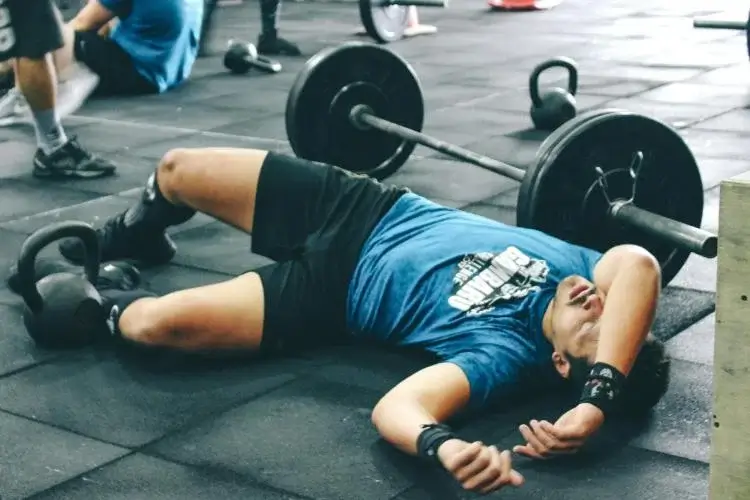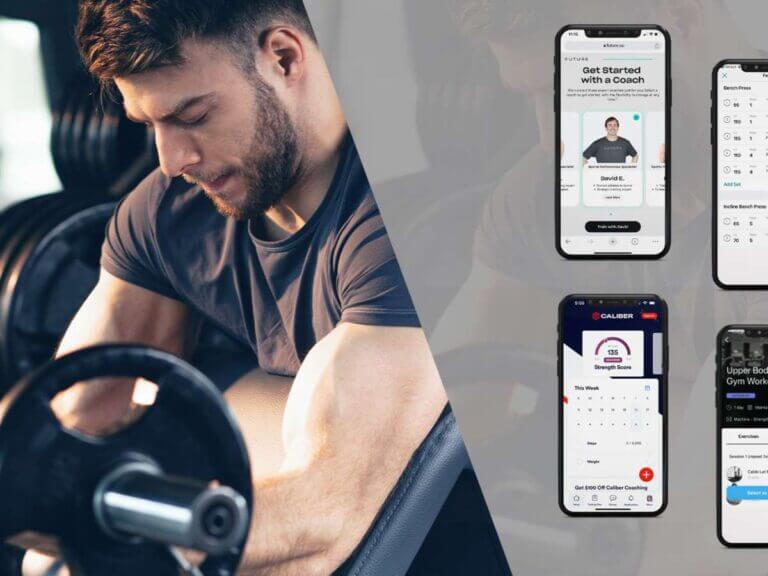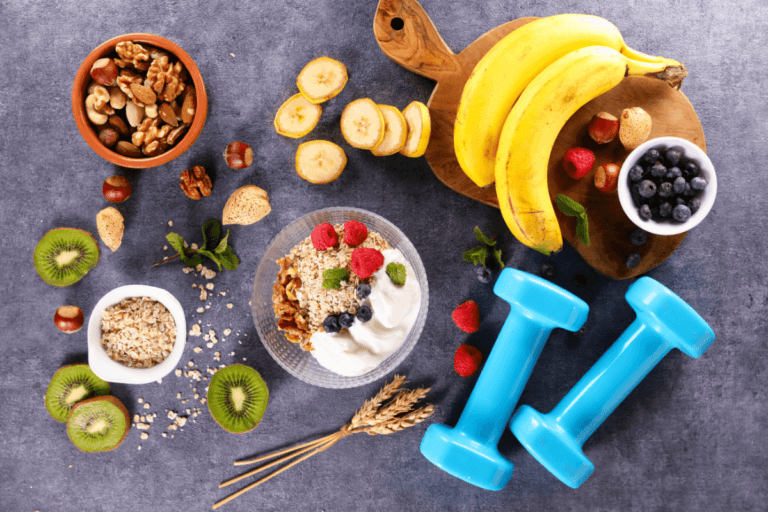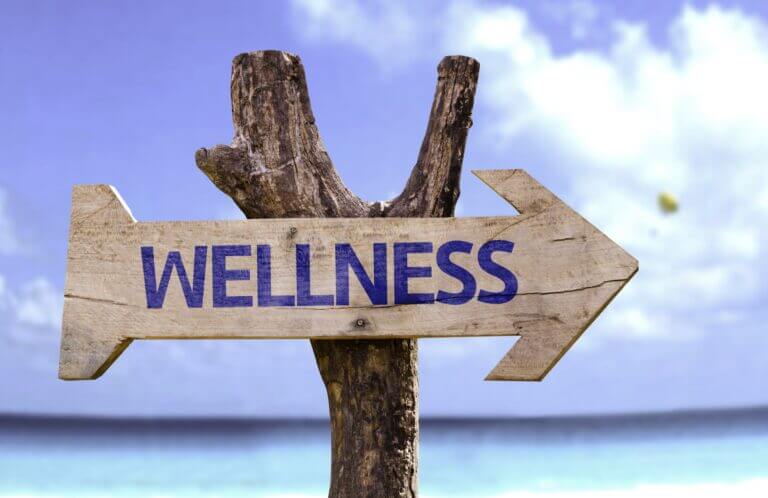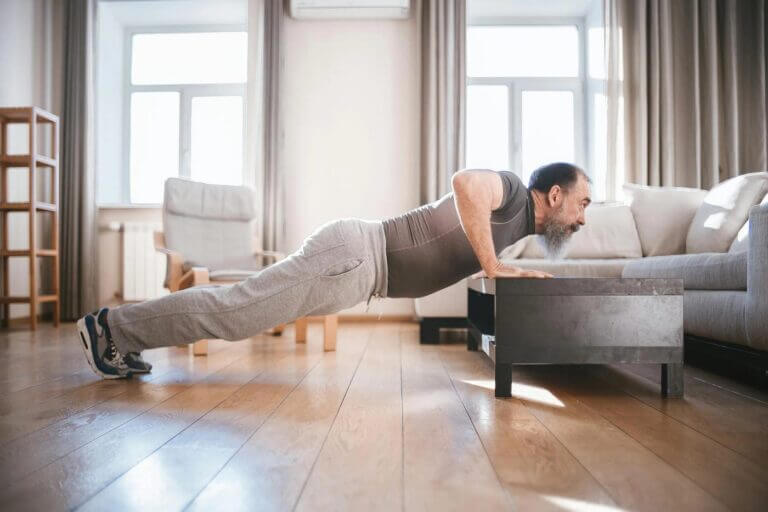In our fast-paced world, the importance of sleep and recovery is often overlooked. Many people prioritize work, social engagements, and fitness, frequently sacrificing sleep in the process. However, sleep and recovery are vital components of overall wellness, significantly impacting physical health, mental well-being, and athletic performance. Understanding the importance of rest and implementing effective recovery strategies can enhance your quality of life and improve fitness outcomes.
1. The Science of Sleep
Sleep is not merely a time of rest; it is a complex biological process essential for various bodily functions. During sleep, the body undergoes critical processes, including tissue repair, muscle growth, hormone regulation, and memory consolidation.
Stages of Sleep
Sleep consists of several stages, primarily divided into two categories: Non-Rapid Eye Movement (NREM) sleep and Rapid Eye Movement (REM) sleep.
NREM Sleep: This includes three stages, progressing from light to deep sleep. Deep sleep (Stage 3) is particularly restorative, allowing the body to repair tissues, build bone and muscle, and strengthen the immune system.
REM Sleep: This stage is associated with vivid dreaming and is essential for cognitive functions such as memory, learning, and emotional regulation. It typically occurs after cycles of NREM sleep.
Sleep Cycles
A typical sleep cycle lasts about 90 minutes and includes both NREM and REM stages. Multiple cycles occur during a night’s sleep, with the balance of NREM and REM changing as the night progresses. Adults generally require 7-9 hours of sleep per night to achieve optimal health and performance.
2. The Role of Sleep in Physical Health
Quality sleep is crucial for maintaining physical health and well-being. It influences several aspects of health:
Immune Function
Adequate sleep supports the immune system, helping the body fight off illnesses. Sleep deprivation can impair immune response, making individuals more susceptible to infections.
Hormonal Balance
Sleep regulates the production of hormones that control appetite, metabolism, and stress. Disrupted sleep can lead to hormonal imbalances, contributing to weight gain and increased stress levels.
Heart Health
Research has shown that insufficient sleep is linked to an increased risk of heart disease, high blood pressure, and stroke. Quality sleep contributes to cardiovascular health by reducing stress and inflammation.
Weight Management
Sleep plays a crucial role in weight regulation. Lack of sleep can disrupt hormones that control hunger, leading to increased appetite and cravings for unhealthy foods.
3. The Impact of Sleep on Mental Health
Sleep is closely linked to mental well-being. Poor sleep can contribute to various mental health issues, including anxiety and depression.
Cognitive Function
Adequate sleep is essential for cognitive processes such as attention, decision-making, and problem-solving. Sleep deprivation can impair these functions, leading to decreased productivity and increased risk of accidents.
Emotional Regulation
Quality sleep enhances emotional regulation and resilience. Insufficient sleep can lead to heightened emotional reactivity, making it more challenging to cope with stressors.
Mental Health Disorders
Chronic sleep deprivation is associated with an increased risk of developing mental health disorders, such as anxiety and depression. Conversely, improving sleep quality can positively impact mood and emotional health.
4. Sleep and Athletic Performance
For athletes and fitness enthusiasts, sleep is a crucial factor in performance and recovery. The benefits of adequate sleep for athletes include:
Muscle Recovery
During sleep, the body repairs and builds muscle tissue, essential for recovery after intense workouts. Lack of sleep can hinder muscle recovery, leading to prolonged soreness and decreased performance.
Energy Levels
Quality sleep enhances energy levels, ensuring that athletes have the stamina needed for training and competition. Sleep deprivation can result in fatigue, reducing overall performance.
Injury Prevention
Adequate sleep can lower the risk of injuries. Studies have shown that athletes who sleep less than the recommended amount are more prone to injuries and decreased performance.
Mental Sharpness
Sleep is vital for maintaining focus, coordination, and reaction times. Athletes need mental sharpness to perform at their best, making quality sleep essential for competitive success.
5. Effective Recovery Strategies
In addition to prioritizing sleep, incorporating effective recovery strategies can further enhance wellness. Here are some tips to improve recovery and sleep quality:
Create a Relaxing Sleep Environment
Dark, Quiet Room: Ensure your bedroom is dark, quiet, and cool. Consider using blackout curtains, earplugs, or white noise machines to minimize disturbances.
Comfortable Bedding: Invest in a comfortable mattress and pillows that support a good night’s sleep.
Establish a Sleep Routine
Consistent Schedule: Aim to go to bed and wake up at the same time every day, even on weekends. This consistency reinforces your body’s natural circadian rhythm.
Wind-Down Activities: Engage in relaxing activities before bedtime, such as reading, meditation, or gentle yoga, to signal your body that it’s time to sleep.
Limit Screen Time
Reduce exposure to screens (phones, tablets, computers, and TVs) at least an hour before bed. The blue light emitted by screens can interfere with melatonin production and disrupt sleep patterns.
Prioritize Nutrition
Hydration: Stay hydrated throughout the day, but limit fluid intake before bedtime to reduce nighttime awakenings.
Balanced Diet: Consume a well-balanced diet rich in whole foods, including fruits, vegetables, whole grains, lean proteins, and healthy fats. Nutrient-rich foods support overall health and recovery.
Incorporate Active Recovery
Engage in low-intensity activities such as walking, stretching, or yoga on rest days. Active recovery can help improve circulation, reduce muscle stiffness, and enhance overall recovery.
Listen to Your Body
Pay attention to your body’s signals. If you’re feeling fatigued, prioritize rest and recovery to avoid burnout and injury.
Conclusion
Sleep and recovery are essential components of overall wellness, impacting physical health, mental well-being, and athletic performance. Prioritizing quality sleep and implementing effective recovery strategies can significantly enhance your quality of life and fitness outcomes. By understanding the importance of rest and making conscious efforts to improve sleep habits, you can support your body’s natural processes, boost your performance, and enhance your overall well-being. Remember, rest is not a luxury; it’s a necessity for achieving optimal health and wellness.
